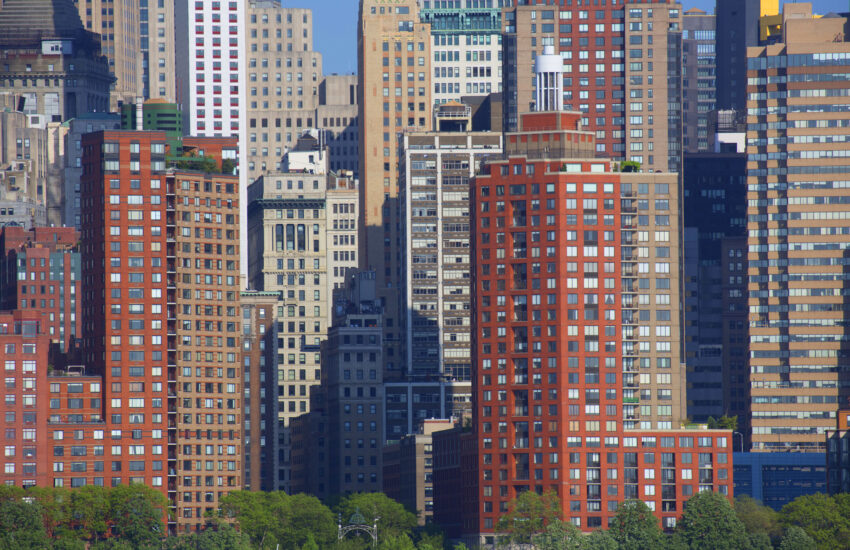Despite boasting the largest population in the United States and being one of the most sought-after places to the live on earth, over the last couple of decades New York City has increasingly struggled with a shortage of housing. Restrictive zoning regulations and New Yorkers leery of the prospect of skyscrapers popping up in their outer-borough neighborhoods are primary culprits that have stunted the Big Apple’s growth. Therefore, Mayor Eric Adams’s prioritization of pushing land use and passing zoning reforms to address the costly housing crunch – a campaign referred to as the “City of Yes” – has led to passionate disagreement among New Yorkers who have different perspectives as to how to use the land on which New York City sits, and whether developing it for housing poses environmental risks.
Last week, however, a Richmond County Supreme Court judge found (full decision here) the City of Yes to be a rational way of combatting New York’s housing shortage, despite claims the city failed to do full environmental reviews before implementing the major new housing initiative that would enable the city to fast track the building of roughly 90,000 new units citywide.
In March, dozens of local civic associations and lawmakers against the City of New York, the mayor, City Council, New York City Planning Commission (CPC), and the Department of City Planning, filed an action claiming respondents failed to adequately review the potential environmental impact of City of Yes reforms under city and state law. Specifically, petitioners alleged that the city did not conduct a full and proper environmental review because it failed to list specific ways in which it would mitigate adverse environmental consequences should they arise on individual sites of development throughout the city – but especially in more suburban boroughs and neighborhoods that feature low-slung housing, such as Staten Island, the West Village, Queens, and Brooklyn.
Respondents, having conducted a general environmental impact study for City of Yes, claimed they had indeed listed several potential adverse environmental effects of increased building density and height, but that the broadness of the rezoning plan at issue necessarily prevents the city from predicting, with any sort of targeted, site-specific specificity, what the housing being built would actually look like or what specific environmental hazards might manifest on a particular site. Indeed, the city’s lawyers argued it “didn’t make sense” to lay out specific mitigation measures that would merely be – without any sort of specific project to evaluate and apply such measures to – hypothetical.
In her 21-page decision, Judge Lizette Colon found that the city respondents had conducted a sufficient environmental review, seeking out input from New Yorkers – including some of the petitioners – and creating a comprehensive record of the decision-making process. In concluding that she would leave the City of Yes zoning reforms as they were written, Judge Colon explained, “The City of Yes for Housing Opportunity addresses an issue of significant concern within New York City, housing generation and preservation. It is not the place of the court to second-guess policy decisions, nor interject policy opinions into this review of […] compliance. Rather, the court is merely here to confirm that respondents fulfilled their environmental review obligations under state and city law.”
New Yorkers who oppose City of Yes were disappointed by the court’s reasoning, many feeling that the court simply excused the absence of a fully articulated explanation as to why no specific environmental-consequence mitigation efforts, when it should have instead directed respondents to conduct detailed analyses of alternatives to the zoning reforms that might potentially pose less of an environmental impact for more suburban neighborhoods. The court responded to this criticism in the decision, explaining petitioners did not present any alternatives that would lessen environmental impacts without also lessening projected housing increases.
Several of the petitioners indicated the war isn’t over, and that they would appeal. One City Council member among the petitioners declared that “City of Yes will destroy this city, and we will continue to fight against it in any way we can.” Accordingly, another judge on another day will have to determine whether a city facing astronomical housing costs resulting from limitless demand can continue to afford being the City of No.

